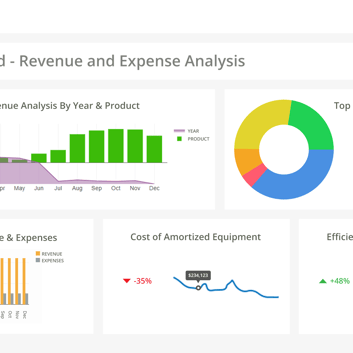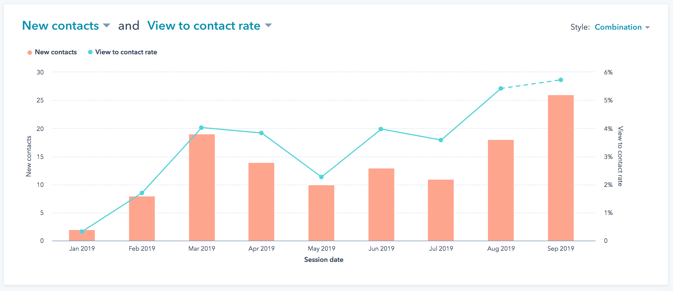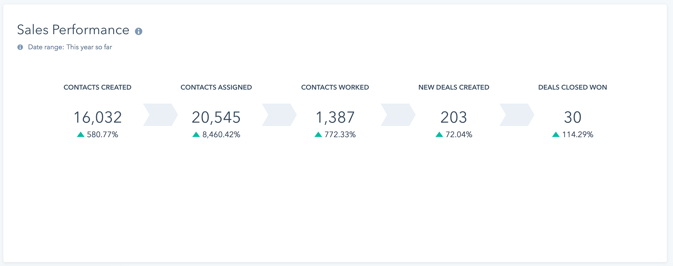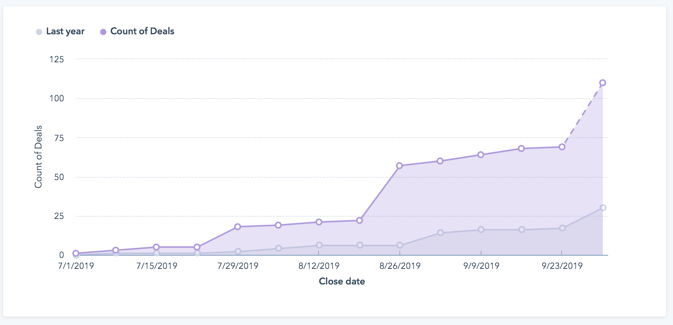The new Limelight website
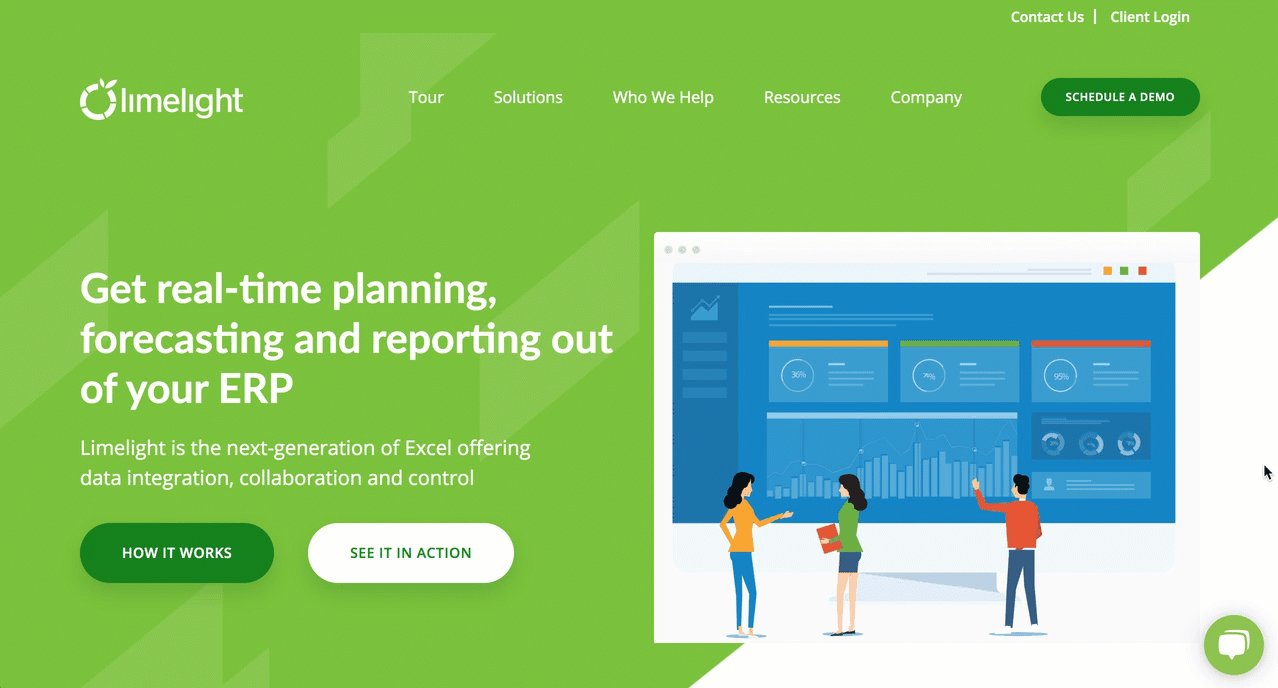
Limelight's new website is an attractive way to share compelling information around their reporting software for enterprise level companies. We spent a great deal of time thinking through the psychology of how people make decisions when choosing a SaaS platform to purchase. At the end of the day, the website must serve to generate better quality leads and provide a jumping off point for that nurturing process. In order to do that, we have to get in the heads of how thought process is broken down.
The human brain processes decision making on 3 different levels:
Logical brain - this is the outermost level of thinking and requires intense thought to decide if what you're looking at is something you want or not. Most businesses market (and build their website) towards the logical brain - lots of text, requiring readers to really search to understand if they want something or not.
Emotional brain - the next level down is emotional decision making. This is about helping people see your marketing and be drawn to your product or service because it feels good, and you resonate with what they are seeking. If we're selling diapers, we want to show pictures of moms with babies because it resonates with the audience. "Oh, that's me, I'm a mom," they would say. Good marketers can take their website to this level.
Primitive brain - this is the caveman brain, which drives our survival instincts. We constantly make subconscious decisions all day long based on this level of our brain. Buy this food, turn down this street, etc., because it helps with our survival. REALLY good marketers will focus on messaging that gets to this level, helping people see an instant correlation to a website or a product that makes the reader understand this is something they need to improve their life.
This was the driving factor behind what we did with Limelight's website when we stripped away the unnecessary information that was speaking to the wrong people at the wrong time. We wanted to focus on simplifying their message and really leading with clarity and call-to-action.
Talking Specifically To Buyer Personas
Limelight's website was designed to speak directly to their target audience: The buyer persona.
The highest trafficked page on their site was, of course, the home page. We knew that the way this page was laid out would play a huge part in the conversion of their audience.
What became very evident about their target persona, was that they are extremely busy people. When selling to decision makers or influencers at enterprise companies, you have merely seconds to catch their eye, tell them they are in the right place, and transition them into an appropriate offer.
We accomplished this by creating a layout that emphasized sleek design and open space so the eye could travel easily from one value prop to the next, with calls-to-action appropriately placed at various locations.
The messaging also had to serve two completely unique purposes in regards to who they were speaking to:
Calling Out the decision maker
When you're designing a website with the primary persona being a decision maker for their company, you have a completely different objective to prove value.
Value is almost exclusively shown when messaging highlights the impact of ROI (return on investment), additional revenue, cost savings, or time savings. Decisions makers typically aren't driven by the features and the assets a SaaS platform contains; they are exclusively looking at "what's this going to do for me," as opposed to "how cool is it," or "what are the features that will help me do my job better."
This became a major component of the website by building out a section in the navigation called "Solutions," which highlights the industries in which Limelight's software impacts the most. Each of these industry pages contain bottom-line-impacting points to drive home the return these decision makers can expect to see.

Calling Out The Direct Influencer
Typically the direct influencer in an organization is someone who is not the able to make a purchase decision on behalf of the company, but their opinion is heavily weighted and matters a great deal to their boss (decision maker). Oftentimes, this is the person who will likely be using the software itself and are seeking a way to make their lives or their jobs easier.
In situations like this, we have to talk through how the platform will benefit the user, which often focuses on the features of the product and the ease of use.
Remembering our play on psychology, these direct influencers can be the heroes of their story in the company by presenting Limelight to their boss and effectively generating a cost savings of hundreds of thousands of dollars. We wanted to highlight the benefits these direct influencers would receive, and we did through adding a "Tour" section of the website in the navigation. This tour allowed the direct influencers to see what the product offered as a feature, how it will impact their role as a user, and also showed impact on the bottom line as well (should they share with their boss!).
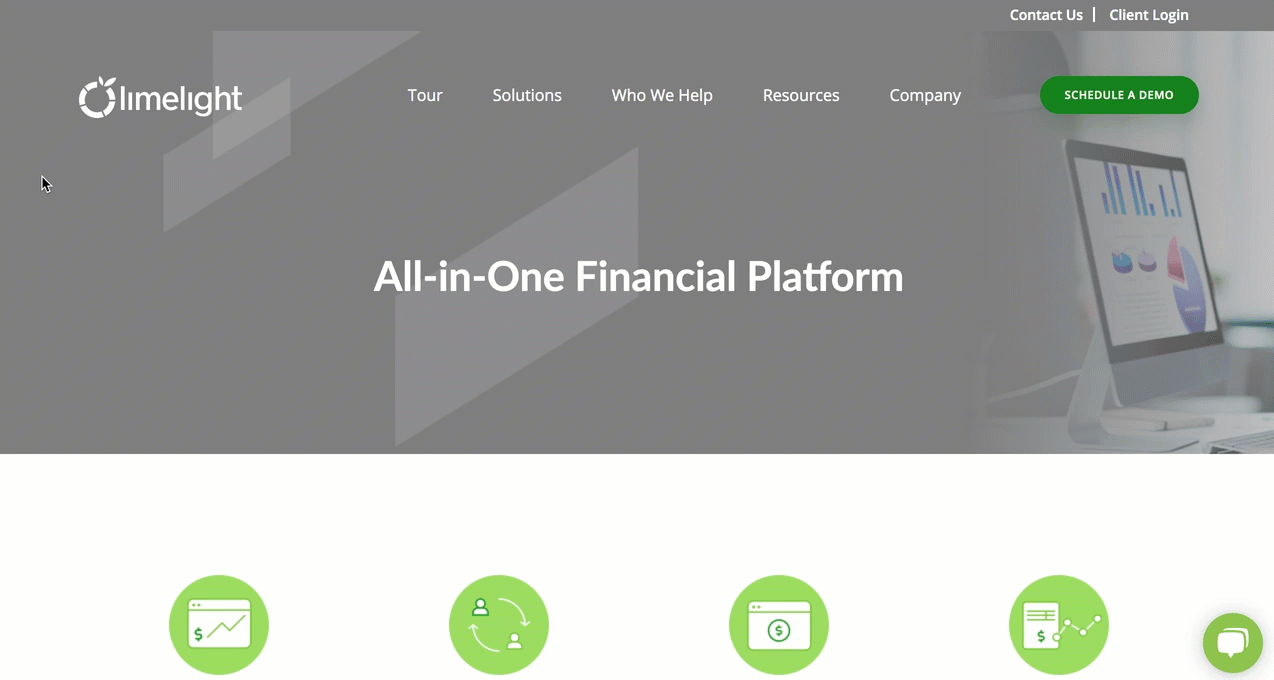
Offering consideration stage content
Most websites serve two kinds of content: awareness stage (offers, ebooks, checklists, etc.), and decision stage (buy now, get a demo, etc.).
Limelight's emphasis on creating relationships and truly adopting the inbound methodology in their marketing and sales went all the way through to the website as well with the implementation of consideration stage content.
We implemented a section on their home page exclusively dedicated to webinars towards the bottom of the page. Limelight updates this regularly as webinars are posted and created throughout their quarterly planning.

selling with social proof
Ah, there's nothing better than having someone doing the hard work for you. Limelight had built a great relationship with many of their customers who loved their product. Knowing one of the major problems for selling in Enterprise B2B was to overcome the concerns of "why should I buy from you," we helped Limelight showcase their legitimacy in multiple locations on their site. First, we highlighted notable customers on their home page so visitors have an immediate recognition that they're in good company:
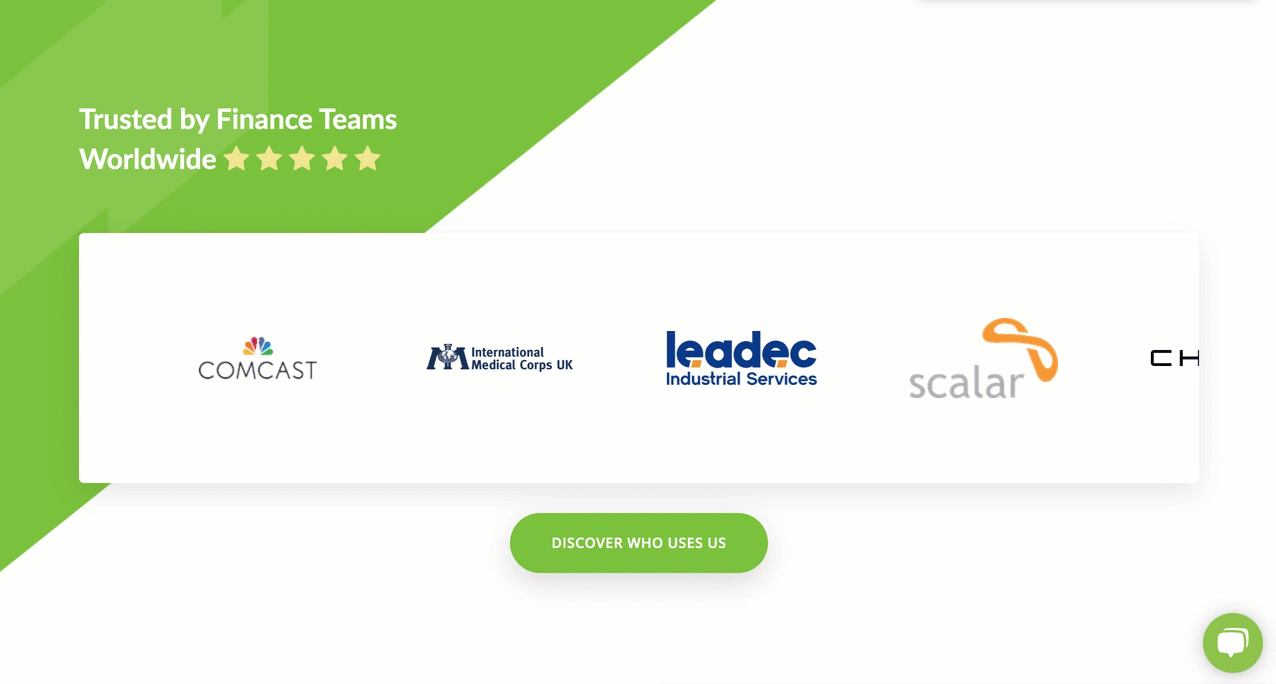
Next, we created a separate section of their website under the navigation of "Who We Help," which just highlights customer testimonials and success stories.
The purpose of this section is to allow site visitors who begin to do some digging to A) realize they are in the right place, and B) spur interest in the "hey, I want those kind of results too," mentality.
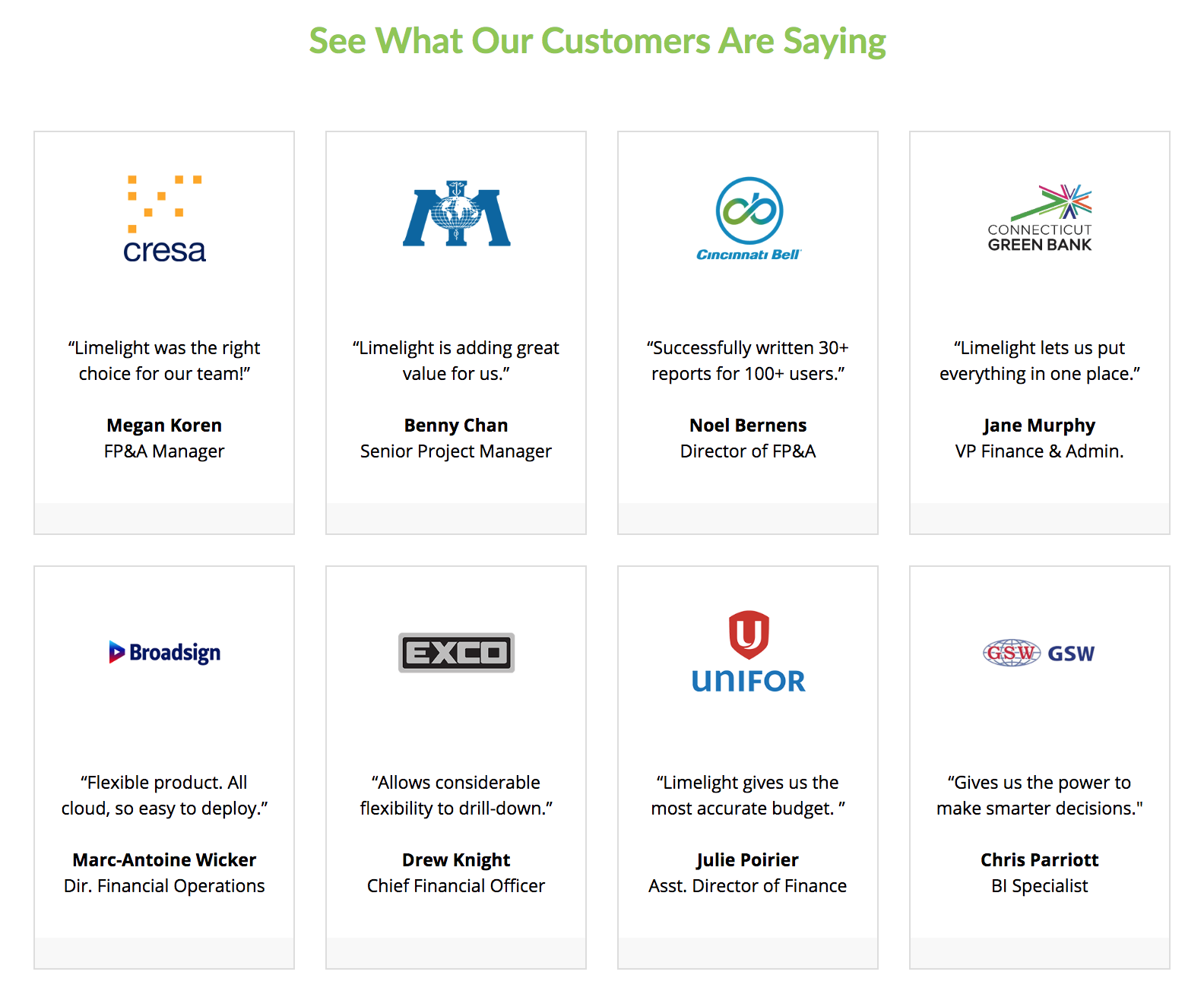
Educating with resource library
A major point of Limelight's shift to being a resource and an authority in their space was to freely give advice to people through their ongoing content in the resource library. We helped by building this out in an organized and beautiful layout, which utilizes HubDB, HubSpot database platform, to serve up this content as needed.

The Path To Success




